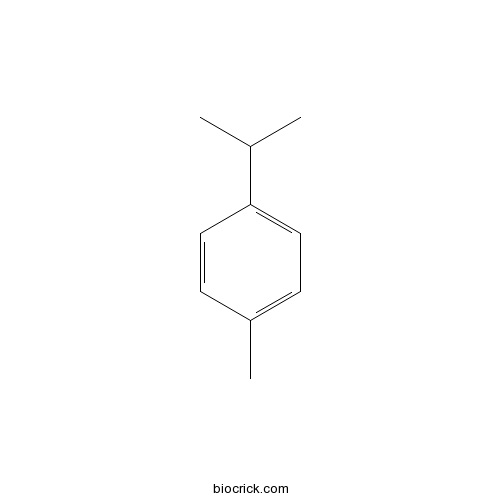Dysphania ambrosioides
Dysphania ambrosioides
1. The products in our compound library are selected from thousands of unique natural products; 2. It has the characteristics of diverse structure, diverse sources and wide coverage of activities; 3. Provide information on the activity of products from major journals, patents and research reports around the world, providing theoretical direction and research basis for further research and screening; 4. Free combination according to the type, source, target and disease of natural product; 5. The compound powder is placed in a covered tube and then discharged into a 10 x 10 cryostat; 6. Transport in ice pack or dry ice pack. Please store it at -20 °C as soon as possible after receiving the product, and use it as soon as possible after opening.
Natural products/compounds from Dysphania ambrosioides
- Cat.No. Product Name CAS Number COA
-
BCN7828
Alpha-Santonin481-06-1
Instructions

-
BCN2644
trans-Caryophyllene87-44-5
Instructions

-
BCC8282
4-Isopropyltoluene99-87-6
Instructions

Extraction optimization, total phenolic, flavonoid contents, HPLC-DAD analysis and diverse pharmacological evaluations of Dysphania ambrosioides (L.) Mosyakin & Clemants.[Pubmed: 29430965]
None
Bacterial communities of three plant species from Pb-Zn contaminated sites and plant-growth promotional benefits of endophytic Microbacterium sp. (strain BXGe71).[Pubmed: 29429846]
The endophytic bacterial community of two hyperaccumulators (Arabis alpine, Dysphania ambrosioides) and Veronica ciliate was investigated by Illumina sequencing technology. In addition, the culturable endophytic bacteria (EB) were isolated and their plant-growth promotion capabilities were studied. A dataset consisting of 221,075 filtered high-quality and classifiable unique 16S rDNA gene tags, and an average of 36,846 tags with a mean length of 464-bp for each sample was generated. In total, 10801 different operational taxonomic units (OTUs) were detected, belonging to 18 bacterial phyla, 41 classes, 91 orders, 135 families, and 215 genera. Pseudomonas was the most dominant genus in both shoots and roots of the two hyperaccumulators, making up 81.56% and 81.13%, 41.60% and 77.06% of the total number of OTUs, respectively. However, both Chao 1 and Shannon indices of EB of the two hyperaccumulators were significantly lower than those of V. ciliate (P <. 05), except the Shannon index of D. ambrosioides shoots. The endophytic bacterial community of roots and shoots of A. alpine showed greater similarity with that of D. ambrosioides roots (12 km away), and clustered to one group in dendrogram, in clear contrast to that of V. ciliate, which grew closer to A. alpine (60 m away). Combining results of soil and plant analyses, we suggest that the soil properties, especially heavy metal concentration, may influence the plants endophytic bacterial community composition. Pot experiments showed that the strain BXGe71 (Microbacterium sp.) from A. alpine significantly enhanced host plants' growth under multi-heavy metal (HM) stress (P < .05, t-test).


